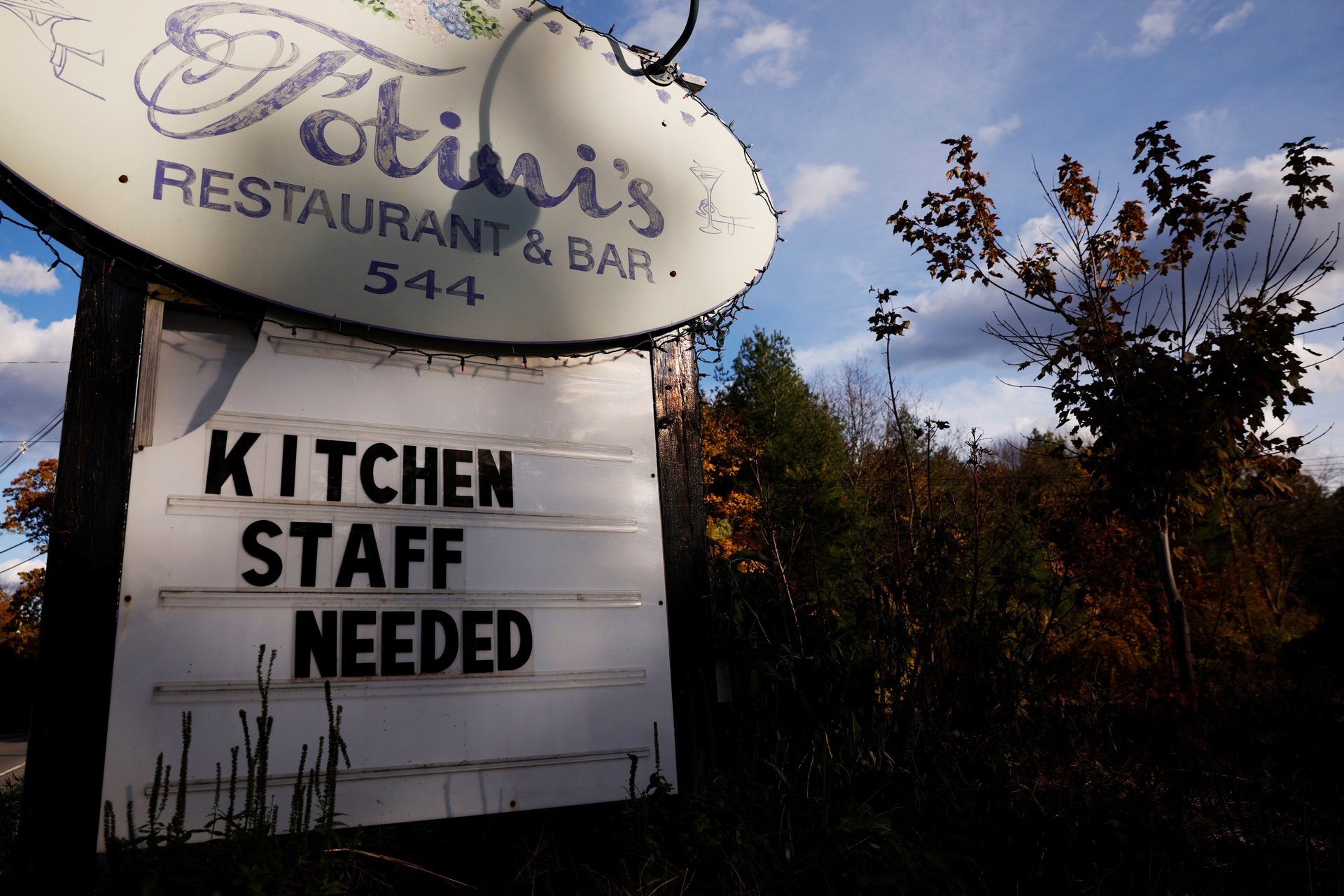A solution to the labor shortage: teens?
Months after the first reports of a labor shortage, businesses are feeling the effects. A lack of workers has forced businesses to reduce hours, limit services, and even close their doors; for consumers, it’s led to limited inventory, shipping delays, and higher prices. And despite increasingly competitive employment offers, there’s no end in sight.


Months after the first reports of a labor shortage, businesses are feeling the effects. A lack of workers has forced businesses to reduce hours, limit services, and even close their doors; for consumers, it’s led to limited inventory, shipping delays, and higher prices. And despite increasingly competitive employment offers, there’s no end in sight.
Fortunately for some businesses, they’ve found a labor force able to fill in some of the gaps: teens. They’re working in industries as varied as restaurants and retail to trucking.
Sixteen- to 19-year-olds are employed at higher rates than have been seen in decades, according to data from the US Bureau of Labor Statistics; as of July 1, the youth unemployment rate was 9.6%, down from a pandemic peak of 32%.
That’s led to some states calling for a change in child labor laws. In early October, members of the Ohio state senate introduced a bill that would extend the non-summer legal working hours for 14- and 15-year-olds.
Later that month, Wisconsin’s state senate green-lit a similar bill, though labor activists suggest that raising the minimum wage ($7.25 an hour, unchanged since the 2009 federal increase) would do more to incentivize would-be workers.
Though rising wages can be a nice perk for teens making some pocket money, working too many hours can have negative effects on their academic performance, participation in extracurricular activities, and getting enough sleep. What’s more, some fear that, since white teens are employed at higher rates than their nonwhite peers, not all teens will reap the benefits of work experience.